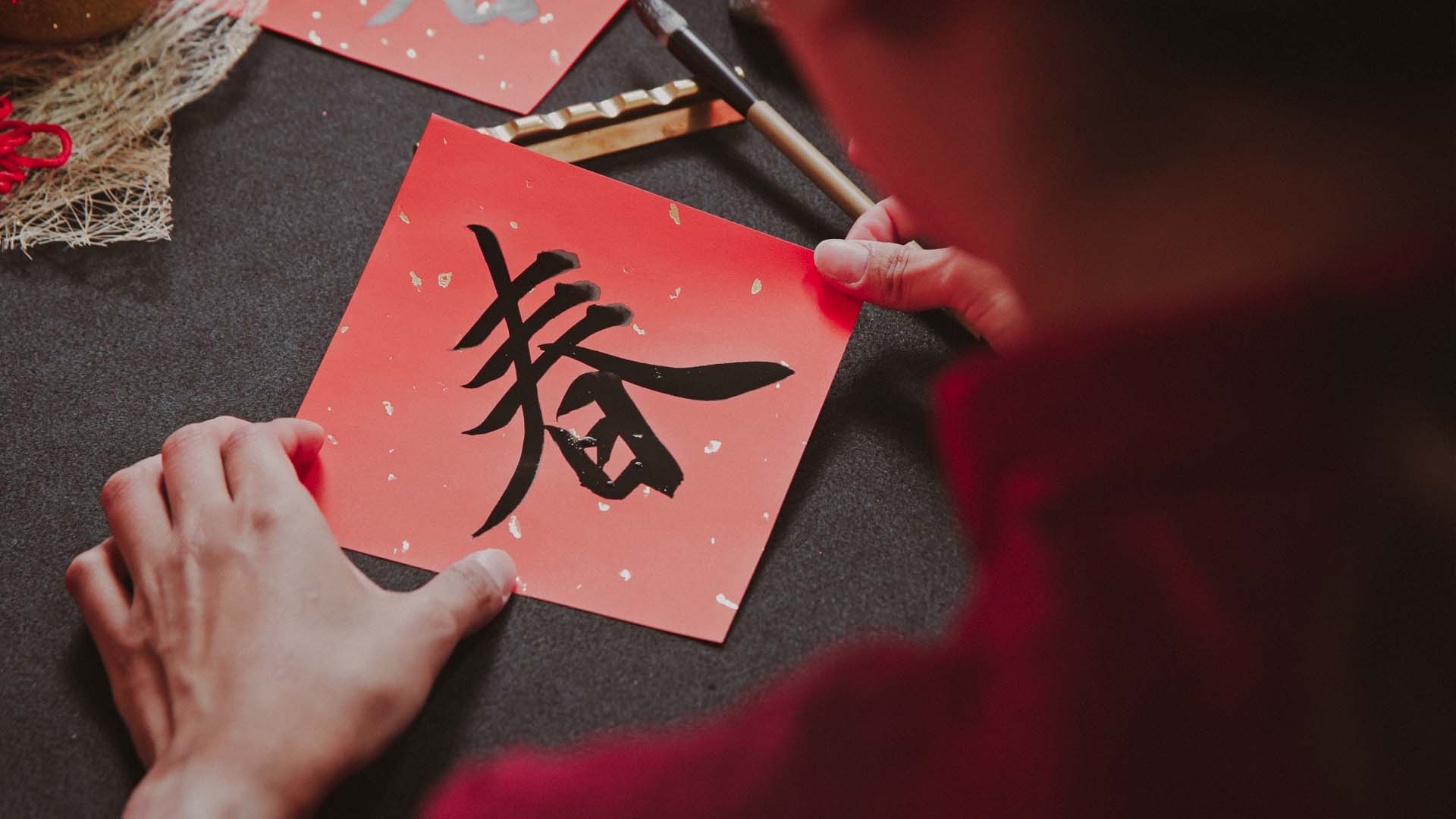
for daily encouragements and latest Christian resources.
As those of us who are ethnically Chinese prepare for New Year celebrations with our families, some of us may wonder: which traditions and rituals are unbiblical that we should avoid observing? And which should we, as parents, teach or pass down to our children?
In other words, is there any clash between celebrating Chinese New Year as a Chinese person and as a Christian?
Rediscovering the Roots of Chinese New Year
Chinese New Year celebrations are believed to have begun as long ago as the 14th century BC. As such, a multitude of origin stories surround the many traditions associated with this festive occasion.
These include firecrackers (to chase away the much-feared monster Nian), dragon and lion dances (to encourage rain and fertility), and family reunions (to celebrate the arrival of spring).
Many of us today have only a vague idea of the meaning behind many of these customs. It’s why we may feel apprehensive about taking part in them as followers of Jesus who want to raise our children in His ways.
Some of us may even distance ourselves from all related traditional practices, lest we inadvertently associate ourselves with superstitious elements that run counter to our faith.
This stance, however, can perpetuate the common misconception among our family members and friends that those who follow Jesus have to abandon their cultural identity to embrace a “Western” one. Already Christianity is wrongly seen as a Western religion in many parts of Asia.
“Fully Chinese” and “Fully Christian”?
So, is it possible to be “fully Chinese” and also “fully Christian” when it comes to observing Chinese customs and rituals during the New Year?
At first glance, many Chinese cultural practices seem to be at odds with what Scripture teaches. No doubt, we shouldn’t take part in traditions associated with beliefs that contradict the biblical worldview. For example, this would mean we shouldn’t refrain from sweeping the house in the first four days of the New Year. Neither do we invite the god of prosperity (Caishen) into our home.
Apart from outright refusal, however, we can also consider another option: redeeming some of these traditions. After all, the gospel is all about redemption. God’s plan is not limited to the redemption of souls, but the redemption of all aspects of creation marred by sin (Romans 8:20–23).
Chinese culture—like all cultures—is host to many aspects that we can redeem for God’s kingdom today. As the body of Christ, we are called to participate in the work of redemption that Jesus has initiated.
God’s plan is not limited to the redemption of souls, but the redemption of all aspects of creation marred by sin.
One way we may have done this—inadvertently—is by displaying a Christmas tree in our homes during the Advent and Christmas seasons. The Christmas tree has pagan origins, but believers over the centuries have redeemed this symbol by layering it with Christian meanings, including eternal life in Jesus.
Giving Ang Pow : A Ritual of Grace
In the same spirit, we can redeem certain Chinese New Year practices by giving them new meanings—and sharing them with our non-Christian loved ones. As parents, for example, we give ang pow (‘red packets’ in Hokkien) to our children, relatives, and friends who are unmarried. Traditionally, the giving of ang pow symbolises good luck, happiness, health, and prosperity.
How can we redeem this practice for Christ?
As we pack and hand out our ang pow, we can interpret—and communicate—this act as a ritual of grace. In Chinese culture, red is believed to ward off demons, but for Christians, red can represent the blood of Christ, reminding us of His sacrifice for humankind, when He shed His blood and died on the cross.
Moreover, the ang pow is freely given and is thus unearned. It isn’t something the recipient is entitled to, but a gift given out of love and generosity. In this way, it can serve as a tangible reminder of God’s graciousness towards us.
The ang pow is freely given and is thus unearned. It can serve as a tangible reminder of God’s graciousness towards us.
Ang pow can thus become a way for us to teach the next generation. As we guide our children to see the custom as an expression of grace, we get to introduce them to God’s grace of salvation, expressed in the blood of Christ freely shed for us (Ephesians 2:8–9).
And, as we have been given grace, we too can freely show grace to others. In my family, I place a Bible verse in the ang pow I distribute—an extra opportunity to share the gospel in a celebratory way.
Spring Couplets: Acknowledging God’s Presence and Blessings
What about the ubiquitous spring couplets? These are the lines of Chinese calligraphy written in black ink on red paper, traditionally placed on the sides of a door as a decorative element during the New Year.
Typically, the spring couplet conveys auspicious wishes for the new year with sayings like 一帆风顺 步步高升 (may your life go smoothly; may you be continually be promoted at work). Since some of the more common couplets promote a belief in luck, we may be wary of having them in our homes. However, couplets are a beautiful form of Chinese cultural expression that we can redeem.
One way we can do this is by displaying couplets of Scripture verses. Many of us already display our favourite Bible verses in our homes or workplaces, so why not do this artistically in the form of a spring couplet?
As we display these artistic expressions of Scripture, we don’t only celebrate our faith in God, we also share our hope in Him with those who enter our home.
Similar acts of acknowledging God’s presence and sharing His blessings can also be found in both the Old and New Testaments. Examples include Aaron’s blessing (Numbers 6:24–26), Joshua’s pledge of his entire family’s service to God (24:15), and the greetings and doxologies penned by the apostles to the Christian churches (see Romans 1:7; 2 Corinthians 13:14).
As we display these artistic expressions of Scripture, we don’t only celebrate our faith in God, we also share our hope in Him with those who enter our home.
As we pack our ang pow and decorate our homes, let’s ask the Lord for discernment and wisdom in redeeming our cultural traditions for His glory.
May your family’s Chinese New Year be filled with His grace and peace!




